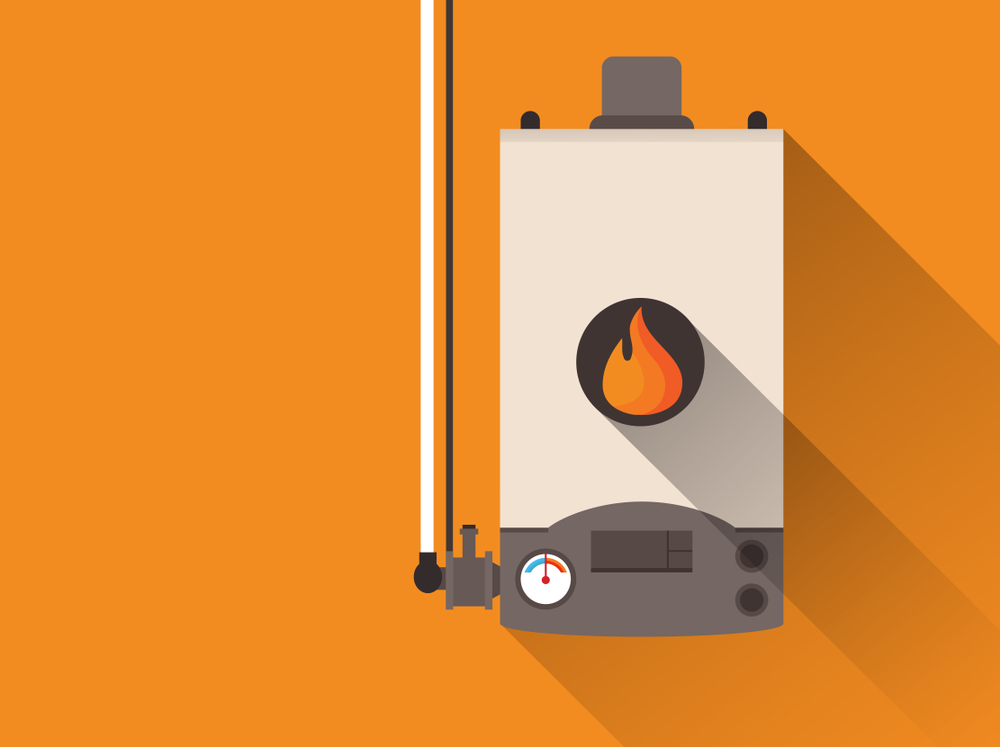Your furnace is arguably one of the most awesome powers of the modern age. It’s the powerhouse that keeps your home warm and comfortable through those chilly Oklahoma City, OK, winters.
Not many people know that a furnace also plays a crucial role in cooling your home during those hot summer months. Cool air circulates through the vents, which lowers the temperature in your house.
But what exactly is a furnace? How does it work, and what are the different furnace sizes and types? In this post, we’ll outline all of the different types of furnaces so you can make an informed decision when it comes time to purchase a new one.
How Does a Furnace Work?
No matter what type of furnace your home has, they all work similarly. When you turn on your thermostat, it sends a message to your furnace to begin producing heat.
The furnace then produces heat through an electrical spark, igniting the pilot light, or other means. The differences depend on the type of furnace you use in your home.
A fan then turns on and circulates this hot air through your home’s vent system. As more hot air moves into your home, it pushes the cold air back through the vents and into the furnace. The process repeats until your home reaches the set temperature.
Furnace Types
There are four main types of furnaces that American homeowners use. They are:
- Natural gas furnaces
- Oil furnaces
- Electric furnaces
- Propane furnaces
The type of furnace that you want depends significantly on your lifestyle. In Oklahoma City, OK, temperatures can plummet to a chilly 15 degrees or lower. As a result, most homeowners opt for the type of furnace that can heat their home with minimal energy loss. A natural gas furnace fits the bill for the efficiency factor.
However, other furnace types present great benefits as well. Electric furnaces, for example, are among the most inexpensive to purchase. For homeowners on a tight budget, electric furnaces may be the choice for you.
Oil furnaces are a good middle ground between natural gas and electric units. Why? Oil furnaces are typically much less expensive than natural gas systems, yet they are more efficient than electric options. As a result, they are the standard choice in the northeastern United States.
Why Do the Most Popular Types of Furnaces Use Natural Gas?
While older natural gas furnaces were a dismal 65% efficient, newer, more advanced models are up to 98% efficient. And because they’re so efficient, natural gas furnaces undoubtedly top the list of the most popular types of furnaces for American households. In fact, over half the nation’s households use natural gas furnaces to heat their homes.
Furnace Size and Operations
Homeowners must also consider what level of “operation” they want their furnace to have. In other words, how fast do you want your furnace to operate?
The single-stage furnace is exactly what it sounds like — it has one stage. Consequently, it only has one consistent speed. Homeowners can also purchase a two-stage furnace, which means that you can heat your home at either a full-speed or half-speed setting.
Using a two-stage furnace allows homeowners to gain more control over their home’s heating capabilities. With two-stage units, homeowners can quickly heat their homes at once or keep a gradual, consistent temperature.
Two-stage furnaces provide much more control over a home’s temperature than single-stage furnaces can achieve. They also operate at a much quieter level.
What Types of Furnaces Should You Buy?
Selecting your new furnace can be an overwhelming process. From a single-stage furnace to electric furnaces to choosing a furnace size, many homeowners can struggle to find the right furnace for their home.
That’s why Barnett Electrical is here to guide you through the whole process.
If you live in Oklahoma City, OK, and require a new furnace, Contact Barnett Electrical, LLC today. We’ll send one of our trained technicians over to your home to help you choose the perfect furnace today.

